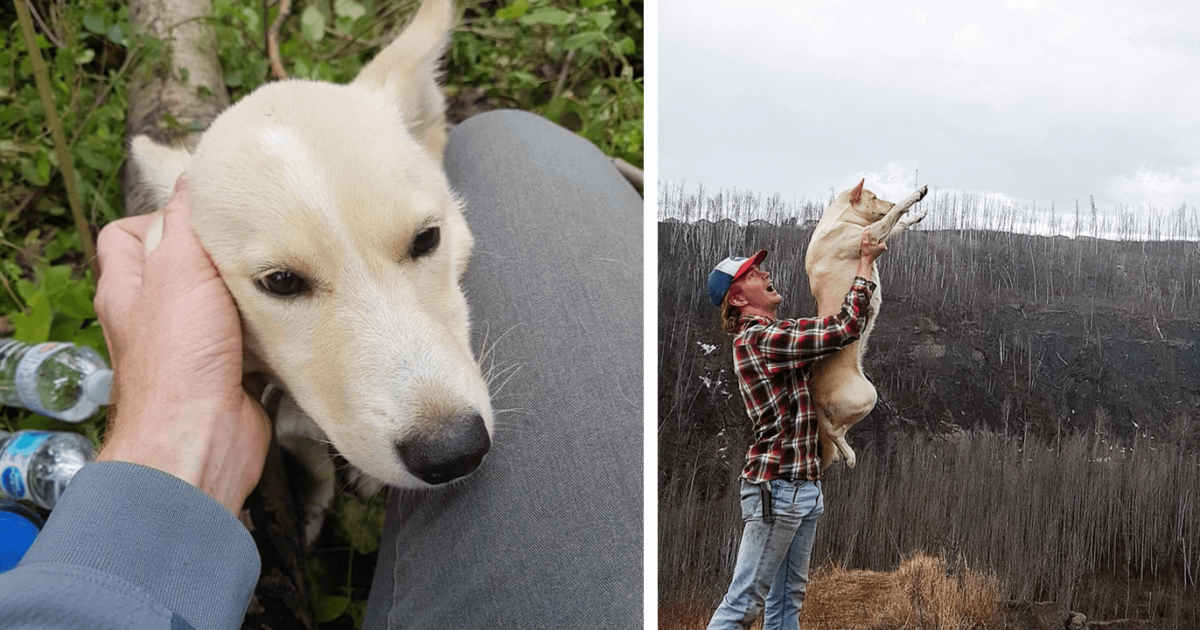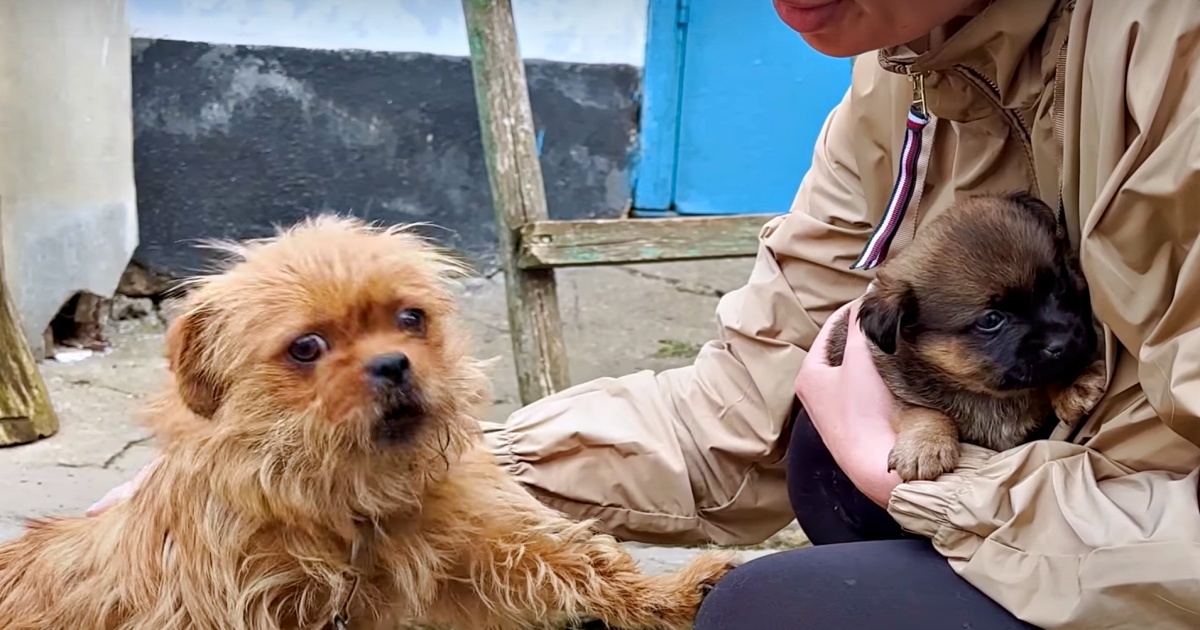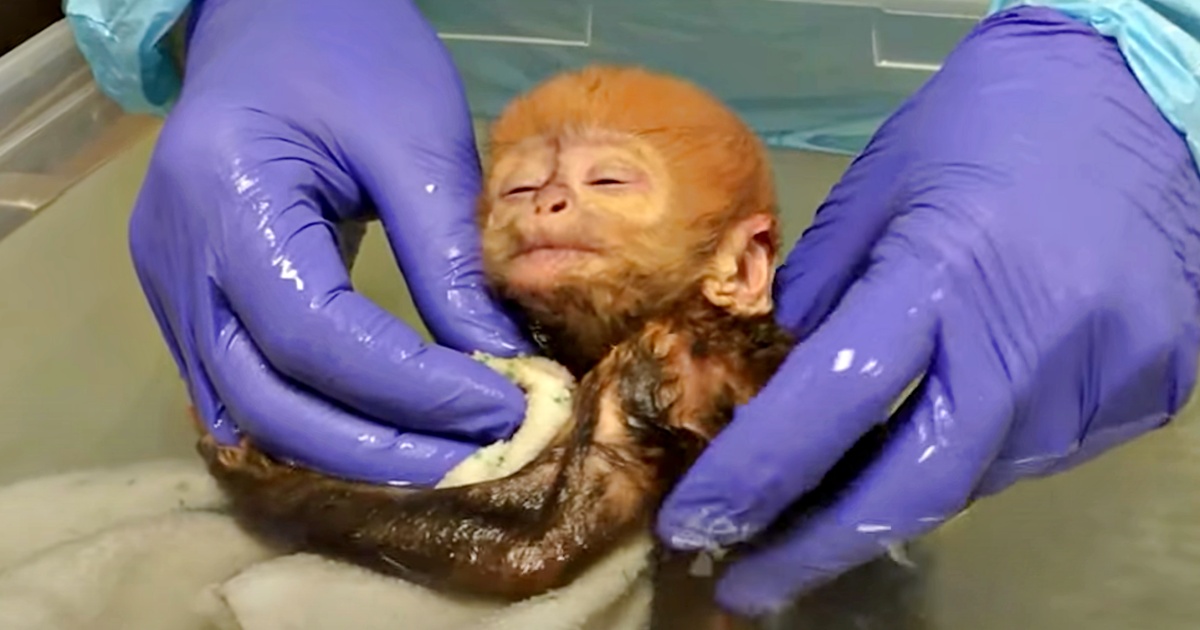Springtime allergies can be a real pain for humans and dogs alike. Those itchy and uncomfortable allergic symptoms many of us experience during this time of year, triggered by environmental factors like pollen, mold, and dust, can also affect our furry friends.
Looking to lessen the impact of seasonal triggers and help manage your pup’s allergy symptoms? We’ve compiled some strategies to help ensure they can enjoy all that springtime has to offer.
ALLERGY SYMPTOMS & CAUSES TO LOOK OUT FOR
How dogs experience spring allergies can differ from pup to pup, with reactions ranging from mild to severe. It’s best to keep a close eye on them to see if they experience any of the following common symptoms:
- Skin irritation (e.g., red or inflamed skin and/or excessive scratching, shedding, biting, or licking)
- Respiratory symptoms (e.g., sneezing, coughing, runny or stuffy nose, etc.)
- Eye and ear irritation (e.g., watery, red, or itchy eyes and/or frequent ear infections)
- Paw licking and/or rubbing (your pup may be trying to soothe the irritation and itchiness caused by an allergen they picked up)
As for what causes these allergy symptoms, some of the common culprits include:
- Pollen from trees, grass, weeds, and flowers
- Mold spores
- Dust
- Flea bites
READ MORE: Expert Advice: Dog Allergies
CHECK POLLEN LEVELS BEFORE HEADING OUTSIDE
As you check the weather for the day, take a glance at the pollen report in your weather app. If the pollen count is high, consider limiting your dog’s outdoor activities to help prevent a potential allergy. Pollen levels generally rise in the morning and are most prevalent around midday, so while an early morning potty break is likely fine if you let them out before dawn, you may want to push their walk to late afternoon or early evening on high-pollen days.
MAINTAIN THEIR HYGIENE ROUTINE
When environmental triggers are present, dogs can either inhale or absorb the allergen through their paws and skin and experience allergy symptoms. Staying on top of their hygiene with baths and regular wipe-downs can help remove any allergens stuck in these areas.
Creating a hygiene routine that includes bathtime can also be a great opportunity to try out products to calm itchy skin, such as non-irritating shampoos and conditioners with oatmeal or aloe. However, avoid overbathing, as this could lead to dry skin.
If baths are not the easiest task to conquer or you’re looking for a more everyday solution after coming back from a walk or play session outside, cleansing wipes can be a great option to use on their coat to help them feel refreshed.
Shop Dogtopia’s spa line for products that can help you at home. You can also bring your pup in for a spa visit at a Dogtopia near you and let our dog experts take care of your furry friend’s hygiene routine.
FLEA & TICK PREVENTION
Depending on your geographic location, fleas can be more active in the spring because of the warmer weather. This heightened activity can lead to allergic reactions in some dogs, a condition known as flea allergy dermatitis. The saliva from fleas can produce a reaction and cause excessive itching, sore or infected skin, hair loss, hot spots, and more. To help prevent fleas, follow your regular prevention strategies, such as actively checking your dog’s coat, bathing and brushing your dog regularly, limiting time outside, etc.
While ticks can be present year-round, spring is also a time when they’re more active. Similar to preventing fleas, it’s important to regularly inspect your dog for ticks. Be sure to check all over, including under their collar. Additionally, avoid areas with tall blades of grass and shrubbery where ticks can be present.
READ MORE: How to Identify Ticks and Protect Your Dog
REGULARLY CHANGE YOUR HOME FURNACE FILTERS
Maintaining fresh, clean air in your home can significantly reduce or even eliminate allergy triggers for your dog. Regularly changing your air filters can help achieve this, and it’s often best to choose filters that specifically trap pollen, dust, and other airborne particles. Changing these filters every one to two months (and sometimes even more often) is generally recommended during allergy season, as this can enhance indoor air quality.
KEEP THEIR ENVIRONMENT CLEAN & ALLERGEN-FREE
It is important to regularly wash and vacuum items your dog uses, like their bedding, carpeting, couches, and toys, to help eliminate allergens in your home, including ones that may unintentionally follow them inside after time spent outdoors. If your dog’s bed is hard to wash, consider placing an easy to launder blanket on top.
If possible, it is recommended to use air conditioning rather than opening windows, as this can help reduce the spread of airborne allergens from drifting in to your home that could affect your dog. Another idea is to use an air purifier in your home, especially in the room your pup is in most often. Air purifiers can help keep the air clean and free from potential airborne triggers.
If spending time outside, remove any overgrown shrubs or weeds around your home that can hold pollen or mold. Additionally, if you’re planning on planting flowers this spring, be sure to research what you’re planting and if it’s toxic or harmful to dogs, such as lilies, daffodils, tulips, chrysanthemums, hydrangeas, narcissus, ivy, etc.
CLEAN THEIR ITEMS OFTEN
No matter what time of year it is, it’s essential to regularly change your dog’s water bowl to prevent the buildup of bacteria and mold, which could lead to irritation or allergic reactions. However, during spring, when the weather tends to be warmer (depending on your location), your dog may visit their water bowl more frequently after an outside play session. Washing their water bowl daily is recommended to help minimize any potential triggers.
Be sure to wash their collar, leash, harness, and any other items of your dog’s that you use outdoors. A good rule of thumb is to wash these items as often as your dog gets bathed to ensure they stay clean and free of any allergens.
READ MORE: Spring Cleaning for Your Dog
SEEK THE SUPPORT OF YOUR VET
Sometimes, prescription allergy medication may be the best solution to help manage your dog’s allergies. It is best to consult your vet to determine the best action plan, as these medications could have side effects.
Your vet can also offer insight on any diet changes or food additions you can implement, such as omega-3 fatty acids, which can help reduce inflammation and boost skin health.
VISIT DOGTOPIA FOR INDOOR PLAY
Don’t let springtime allergies interfere with your pup’s well-deserved playtime! At Dogtopia, we use an advanced HVAC system that preconditions 95% of outside air every 11 minutes, allowing clean, circulating air to move throughout our facility. It also allows us to climate control our playrooms, so it’s always a comfortable playtime temperature as pups play, exercise, and interact with their like-minded friend group.
Start the spring season off right with a trip to doggie daycare! Book a visit to Dogtopia today at a location near you.
This blog was reviewed/edited by Dogtopia’s Director of Health & Safety Lorraine Rhoads, an experienced animal biologist and environmental scientist.











